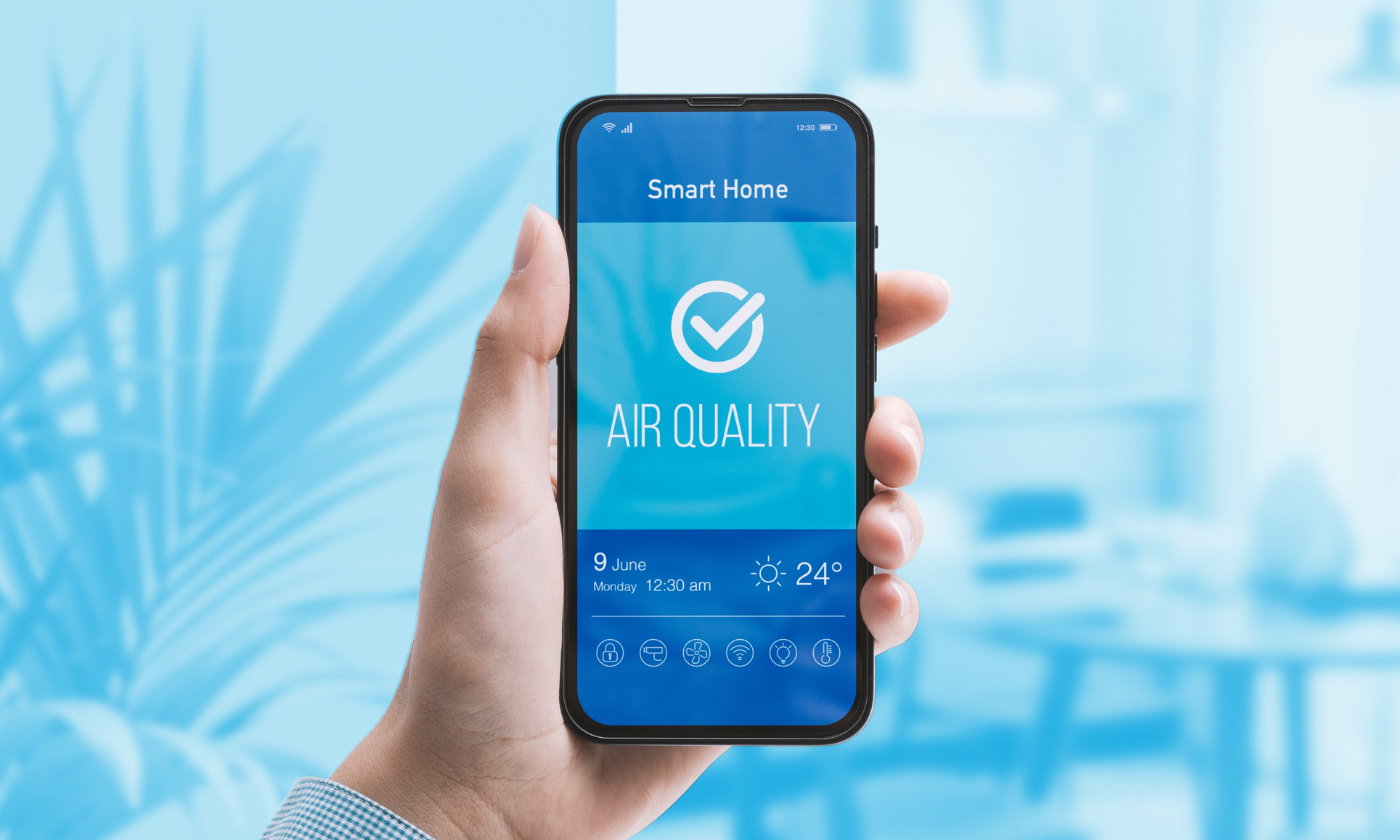屋外の空気の質とそれに伴うアレルギーは、特にカナダから米国に大量の山火事の煙が流入していることから、今やホットな話題となっている。多くの人が屋内に避難しているが、ほとんどの人が自宅内の空気の質も健康に大きな影響を与える可能性があることに気付いていないことは注目に値する。したがって、注意することが大切だ。
EPAによると、今日、人々はほとんどの時間を屋内で過ごしており、屋内での汚染物質の濃度は、通常の屋外の汚染物質の 2 ~ 5 倍になることがあります。天然ガスの漏れもこの問題に拍車をかけます。家庭内の天然ガス器具は、特に高温での調理の際に有害な汚染物質を空気中に放出することさえあり、人やペットに有毒となる可能性があります。適切な換気が行われないと、屋内の汚染物質の影響が大幅に増加し、家の中で呼吸するのが困難になります。
言うまでもなく、ご自宅があなたとあなたの大切な人にとって可能な限り安全で快適な場所であるようにすることは非常に重要です。ご自宅の空気の質は、立地、気象条件、屋外の気候など、さまざまな要因によって左右されます。
幸いなことに、室内の空気の質の悪さにすぐに対処できる効果的な方法があります。まず、室内の空気の質の悪さの原因となる汚染物質が何であるかを理解することが重要です。
空気の質に影響を与える汚染物質
天然ガスの漏れ以外にも、健康を害したり、家庭内の空気の質を低下させる原因となる汚染物質がいくつかあります。注意すべき最も一般的な汚染物質は次のとおりです。
- 一酸化炭素:天然ガスなどの燃料が燃焼したときに生成される無色、無臭、無味のガス。CO は高濃度になると頭痛、めまい、疲労などのインフルエンザのような症状を引き起こします。
- 一酸化炭素中毒は、不適切な換気や、炉、コンロ、給湯器、暖房器具などの天然ガス器具の故障によって発生することがよくあります。
- 粒子状物質:空気中に浮遊する小さな塵、土、すす、煙、液滴、その他の汚染物質。大きさによって分類すると、大きな粒子状物質は PM10 と呼ばれ、より微細な粒子状物質 (微細な花粉など) は PM2.5 と呼ばれます。PM2.5 は健康に最も有害です。
- 粒子状物質は一般的に、工場、発電所、ゴミ焼却炉、自動車(特にディーゼルエンジン)、建設活動、山火事によって発生します。
- VOC:揮発性有機化合物は、製品やプロセスから空気中に放出されるガスです。それ自体が有害なものもあれば、空気中に放出された後に他のガスと反応して別の大気汚染物質を形成するものもあります。
- これらの有機化学物質は、通常の室温では高い蒸気圧を持ちます。VOC は、塗料や塗料剥離剤、芳香剤、化粧品、消臭剤、消毒剤などに含まれています。
- ラドン:一酸化炭素と同様に、ラドンは無色、無味、無臭のガスです。ただし、このガスも放射性であり、土壌、岩石、水中に自然に存在します。
- ラドンは時間の経過とともにゆっくりと蓄積し、知らないうちに家の中に発がん性のある環境を作り出してしまいます。
その他の発生源としては、清掃用品やその他の家庭用品、ペットのフケ、カビ、ほこり、オゾン、農薬、アスベストなどが挙げられます。
空気が不健康かどうかを知る方法
自宅に侵入する可能性のある一般的な大気汚染物質を特定したら、次は空気の質が良いか悪いかを知るための手順です。ここでの目標は、天然ガス漏れなどの潜在的な危険に対する自宅の露出を減らすことです。
空気の質が悪い原因を素早く特定できるように、次のような質問を自問自答した簡単なチェックリストを用意しました。
- カビや黒カビが見えたり、臭いがしたりしますか?
- 室内の湿度は常時50パーセント以上ですか?
- どこかに天然ガスの漏れや水たまりはありませんか?
- すべての天然ガス器具(ガスストーブ、給湯器など)は屋外に完全に排気され、定期的にメンテナンスされていますか?
- 家庭用化学薬品、塗料、溶剤は屋内に保管されていますか?
- 最近、改装や塗装をしましたか? 新しい家具やカーペットを追加しましたか?
- 臭いを隠す化学薬品や「空気清浄」装置を使用していますか?
- 最近、室内で農薬を使用しましたか?
自己評価を行うことで、可能性のある領域を絞り込むことができ、追加の支援が必要な場合に専門家が状況を検出しやすくなります。
家庭用空気清浄機や天然ガス検知器は特定の汚染物質をろ過できますが、主に懸念される汚染物質がラドンである場合は、ラドンをろ過できないことを覚えておくことが重要です。
あなたの健康は最優先事項です
室内の空気の質は、健康と幸福に影響します。屋外の空気とは異なり、室内の空気は継続的に循環する傾向があるため、汚染物質が閉じ込められ、密閉された空間内に蓄積されます。短期的および長期的な大気汚染への曝露は、さまざまな健康問題を引き起こす可能性があるため、常に空気の状態を把握しておく必要があります。
自宅の空気質の問題を積極的に検出することが重要です。天然ガス漏れ検知器やその他の有害ガスモニターに投資することで、有害な汚染物質から自宅を守ることができます。
ご自宅で安心を実現したいですか? 当社の天然ガス漏れ警報器がどのように安全を確保できるかを知り、今すぐDeNova Detect 天然ガス警報器に投資しましょう。





コメントを書く
このサイトはhCaptchaによって保護されており、hCaptchaプライバシーポリシーおよび利用規約が適用されます。